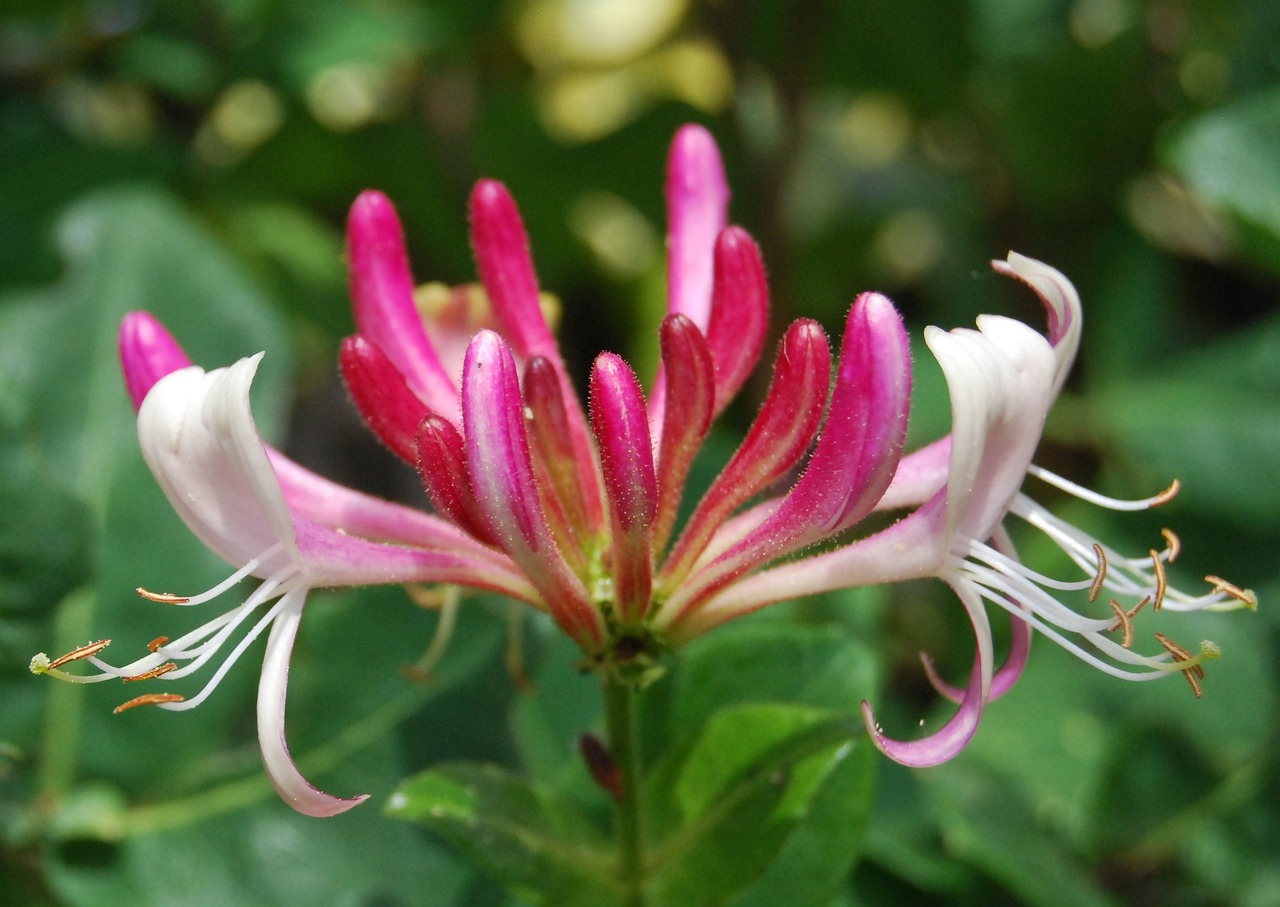
Lonicera and Planting: A Gardener’s Guide
Introduction
Lonicera, commonly known as honeysuckle, is a garden treasure adored for its beauty, fragrance, and versatility. If you’re a gardening enthusiast, or even just someone looking to enhance their outdoor space, this article will guide you through the art of planting and caring for Lonicera, ensuring you create a garden that bursts with life and color.
The Beauty of Lonicera
Lonicera’s beauty is genuinely captivating. Its name, “honeysuckle,” reflects the sweet nectar within its blossoms, which often release a delightful fragrance. This plant family encompasses a variety of species and hybrids, each with its own unique charm. From the iconic Lonicera japonica with its white and yellow flowers to the vibrant Lonicera sempervirens with fiery red blossoms, there’s a Lonicera for every taste and garden design.
Preparing for Planting
To cultivate a thriving Lonicera garden, the first step is selecting the right location. These plants thrive in full to partial sunlight, so ensure your chosen spot gets an adequate dose of sunshine. As for soil, Lonicera prefers well-draining, fertile soil. Amending the soil with compost can be an excellent preparation step, as it provides the necessary nutrients for optimal growth.
Selecting the Right Variety
The world of Lonicera offers a kaleidoscope of choices. Whether you’re envisioning a cascade of vines, a fragrant hedge, or a ground cover with vibrant blooms, there’s a Lonicera variety to suit your needs. The Lonicera periclymenum, for instance, is a popular choice for its wonderful fragrance and exceptional climbing abilities, while the Lonicera nitida is perfect for forming hedges. Carefully assess your garden’s design and choose the Lonicera variety that complements it best.
Planting Lonicera
Planting Lonicera requires a few essential steps. First, dig a hole that is twice the width of the root ball. This provides ample room for the roots to expand. Place your Lonicera in the hole at the same depth as it was in the container, ensuring that the root flare is at ground level. Water your newly planted Lonicera thoroughly to help it settle in. Adequate spacing is crucial – typically, spacing Lonicera plants 3-6 feet apart is ideal.
Caring for Lonicera
Once your Lonicera is in the ground, it’s essential to establish a maintenance routine. Pruning plays a significant role in maintaining the shape of your honeysuckle and promoting new growth. This is best done in the spring or after flowering. Additionally, consider fertilizing in the spring and early summer to provide the necessary nutrients for healthy development.
The Burst of Lonicera Blooms
Lonicera’s claim to fame is undoubtedly its blooms. These sweet-scented flowers grace your garden with their presence from late spring through early summer. The sight and scent of Lonicera blooms can create a picturesque garden that attracts pollinators, such as bees and butterflies.
Lonicera as a Climbing Plant
One of the most enchanting uses of Lonicera is as a climbing plant. You can encourage Lonicera to ascend trellises, arbors, or even walls, creating a vertical garden masterpiece. Training your Lonicera to climb can be a rewarding gardening experience. Simply tie the branches gently to their support structure, and watch as nature’s artwork unfolds.
Lonicera in Landscaping
Lonicera isn’t just a star in the garden; it’s a versatile player in landscaping design. You can use it as a splendid hedge, allowing it to create a natural border or screen. It also serves as a delightful ground cover, suppressing weeds and beautifying your garden floor. Consider using Lonicera in mixed plantings, where it can complement other flora with its grace and fragrance.
The Importance of Pruning
Pruning is a key aspect of Lonicera care, particularly for maintaining its shape and encouraging vigorous growth. While Lonicera doesn’t require heavy pruning, it’s vital to remove dead or overgrown branches. Late winter or early spring is the ideal time for this, just before new growth begins.
Frequently Asked Questions (FAQs)
Q1: How often should I water my Lonicera plant?
A1: Lonicera typically requires about an inch of water per week, and more during dry spells.
Q2: Can I grow Lonicera in the shade?
A2: While Lonicera prefers sunlight, some species can tolerate partial shade, but they may not bloom as profusely.
Q3: What can I do to attract wildlife with Lonicera?
A3: Lonicera’s fragrant blooms are excellent at attracting pollinators like butterflies, bees, and even hummingbirds.
Q4: Can I use Lonicera for erosion control on slopes?
A4: Yes, certain Lonicera varieties with vigorous growth habits can be effective for erosion control.
Q5: Are there any specific diseases that Lonicera is susceptible to?
A5: Lonicera can occasionally face issues with aphids and powdery mildew. Regular inspection and prompt treatment can help prevent these problems.
Conclusion
In conclusion, Lonicera is a gem in the world of gardening. Its versatile uses, breathtaking blooms, and alluring fragrance make it a must-have in any garden. With the right care and maintenance, you can ensure that your Lonicera thrives and brings an air of elegance to your outdoor space. Embrace the art of Lonicera gardening, and you’ll be rewarded with a garden that bursts with color and life.